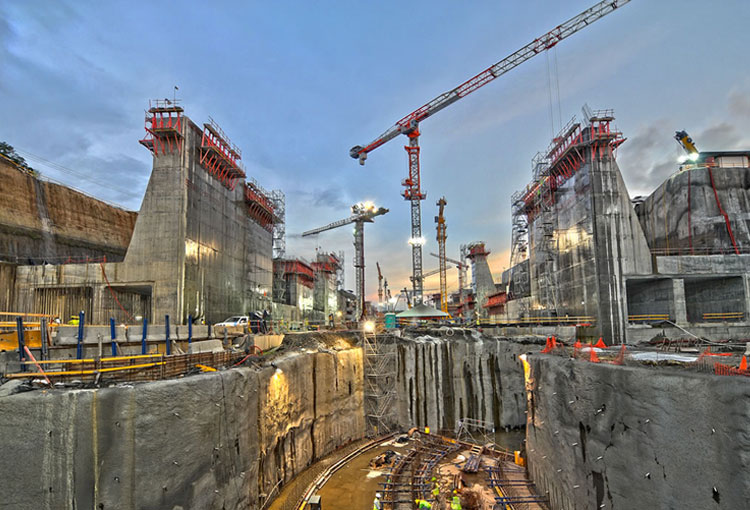Industry poised to thrive near new Panama Canal
Monday, June 6, 2016

The inauguration on June 26th of the third set of locks of the Panama Canal should benefit several business sectors, including developers of Panamanian commercial-industrial centers, natural gas shippers, and port builders on the Caribbean Sea and Atlantic Ocean.
There has been talk recently of other interoecan projects in the region, especially in Costa Rica, Mexico and Nicaragua.
But at least in the short term, none seems likely to compete effectively with Panama, which expects to develop commercial-industrial centers at both ends of the canal.
With additional maritime traffic, Panama could be a center of intermediate production for goods moving between East Asia on one hand, and North and South America on the other.
The existing free zone on the Caribbean side has for several years been one of Latin America’s biggest wholesale markets.
For their part, shippers of liquid natural gas, mainly located in Louisiana and Texas, and on Colombia’s Pacific coast, should benefit from low transport costs.
Meanwhile, development has already started Miami, New Jersey and New Orleans, of ports big enough to receive container and general-cargo ships, which will transit the expanded canal.
The new locks, with a width of 55 meters and a depth in excess of 18 meters, can accommodate ships with a load of up to 13,000 20-foot containers, as well the biggest LNG tankers.
Only ships carrying fewer than 5,000 containers can pass through the existing canal.
Vessels carrying up to 18,000 containers, which are coming into significant use, will continue to use the Suez route, which has no size limits.
Final cost for the new locks is expected to exceed $6 billion, around $1 billion over budget.
The Panamanian government and Grupo Unidos por el Canal, the consortium which developed the project, are disputing the amount of the final payment, following several delays of the project, which was supposed to finish two years, the centenary of the original canal.
Spanish construction company Sacyr Vallehermoso leads the consortium, which includes Belgian, Italian and Panamanian companies.
Canal traffic is expected to increase from 350 million tonnes a year to 600 million.
Other potential projects in the region include dry canals in Costa Rica and Mexico, and a Nicaraguan supercanal, which would be big enough to take the world’s biggest container vessels.
On the other hand, the Costa Rican project would cost around $16 billion, while the Mexican government last February suspended a plan to build a dry canal across the Tehuantepec Isthmus.
The fate of the Nicaraguan canal depends on whether or not China decides to develop a strategic asset in Central America, in response to initiatives by the United States to limit Chinese interests in the South China Sea, by supporting the rival claims of Indonesia, Philippines and Vietnam.
Photo source: Panama Canal Authority
